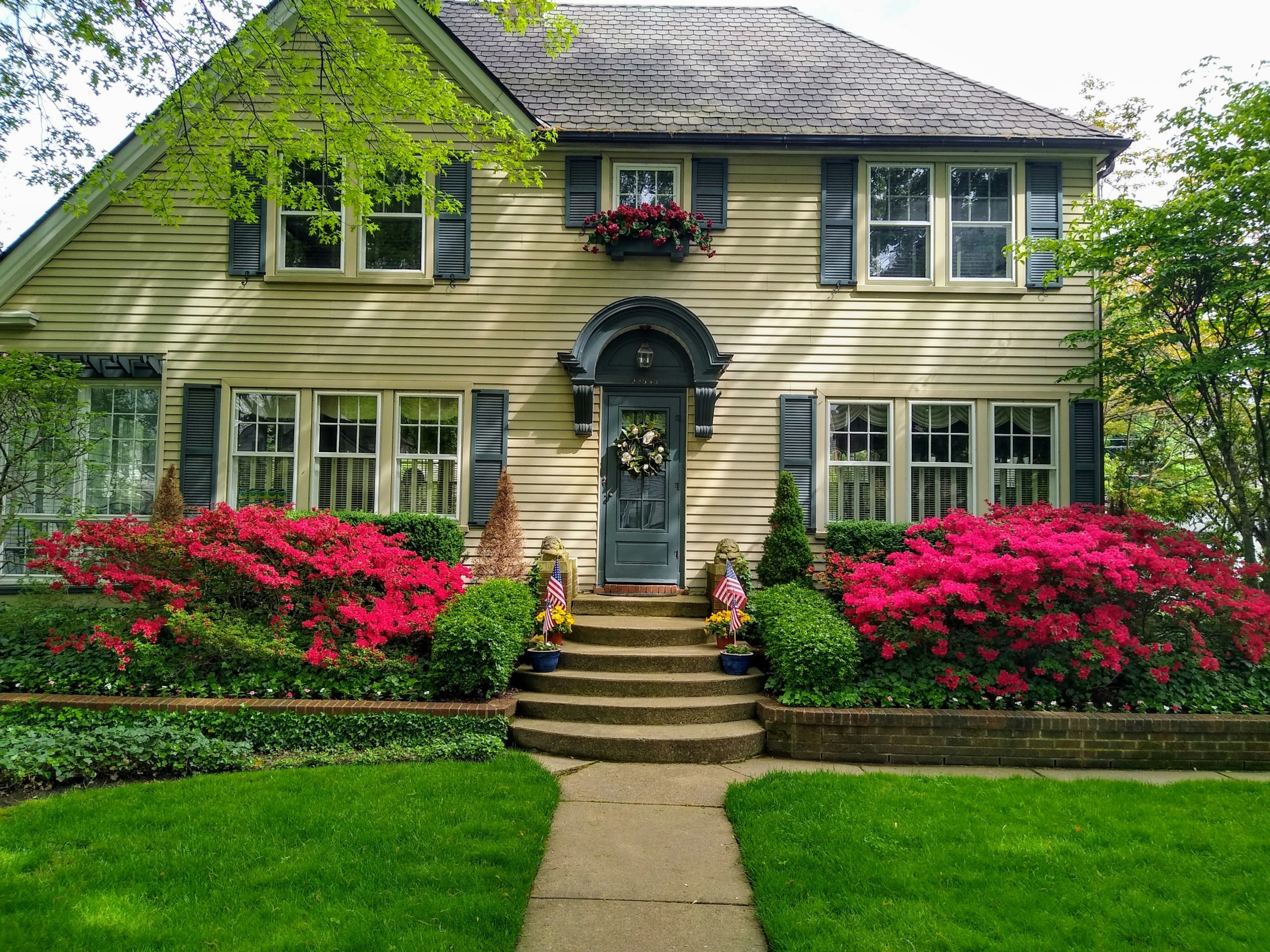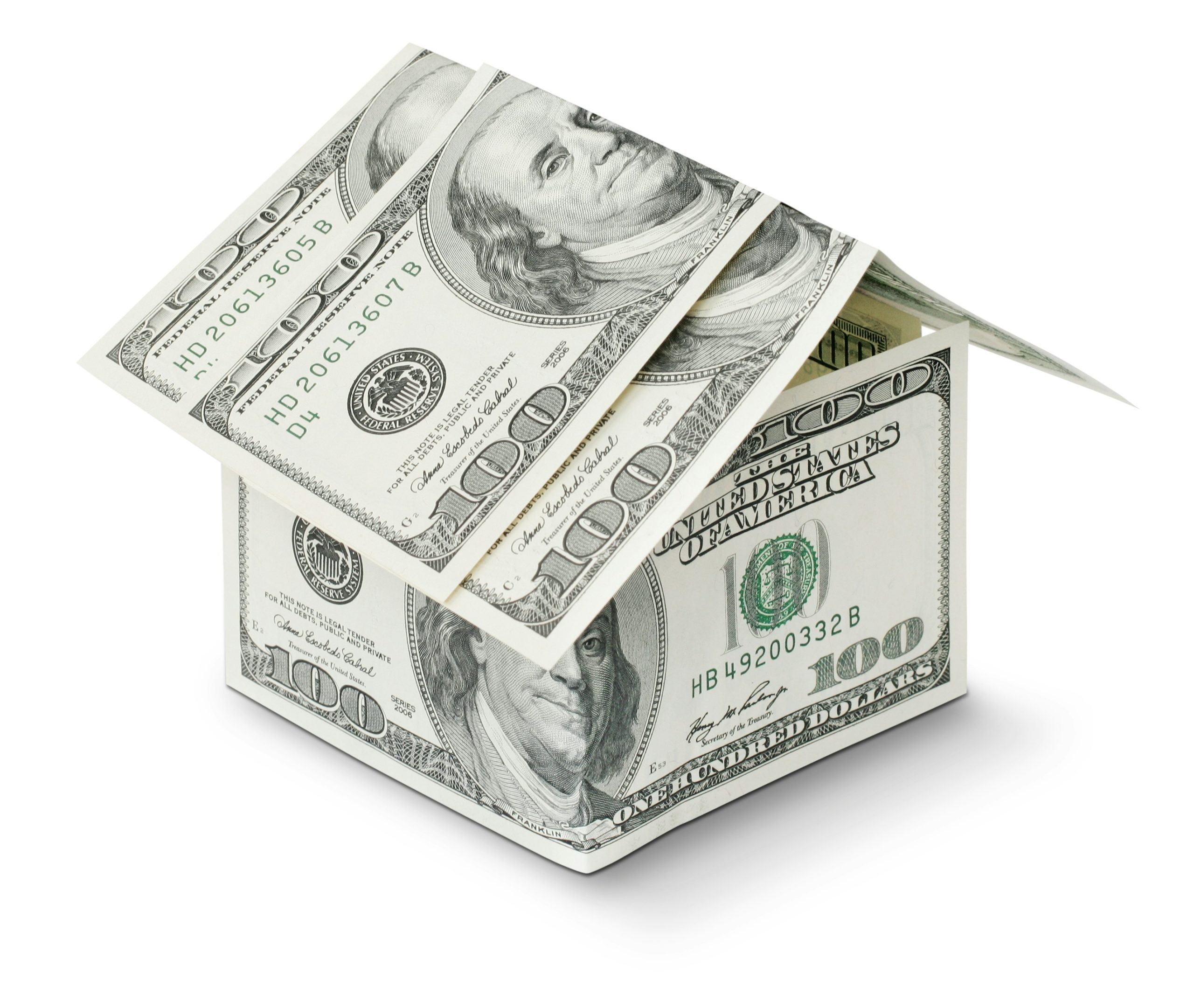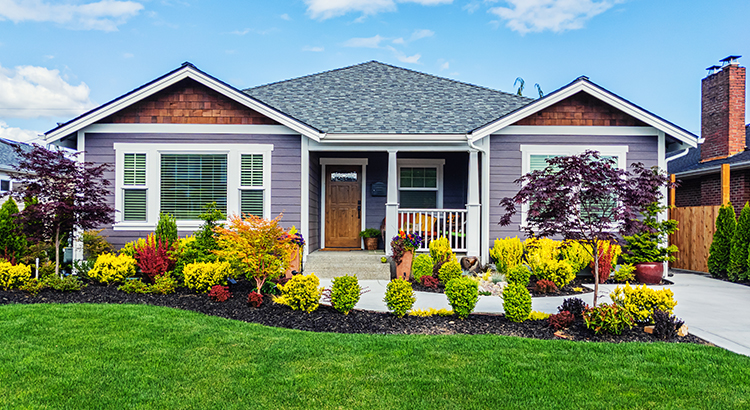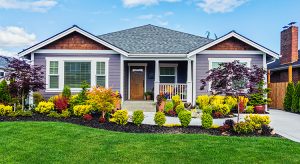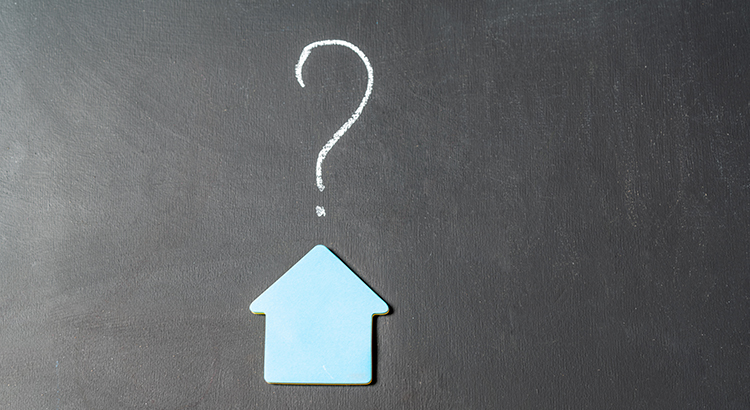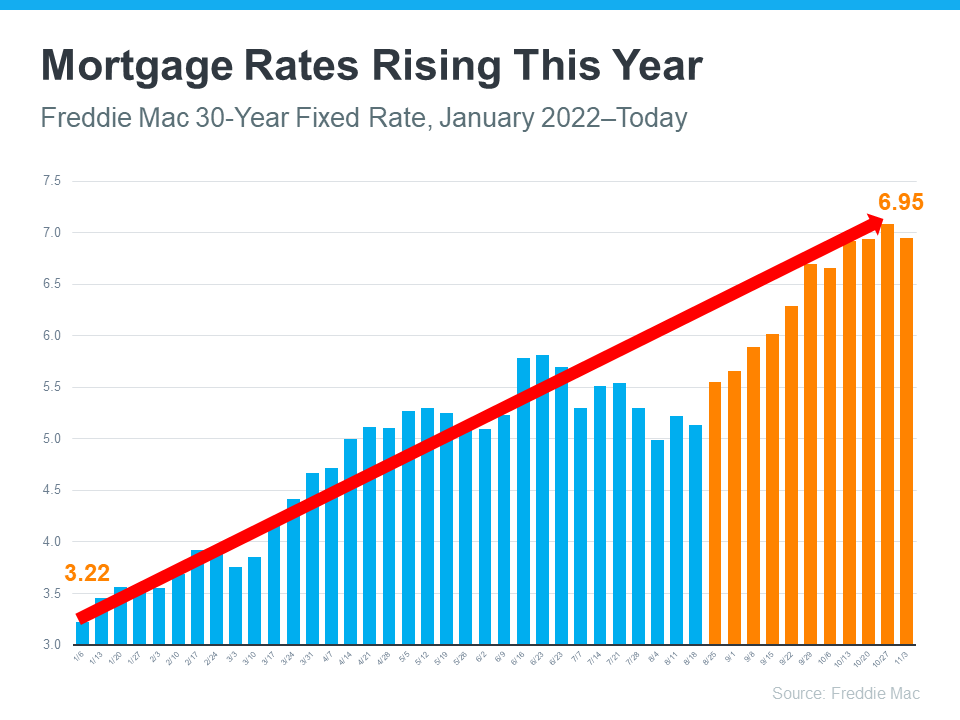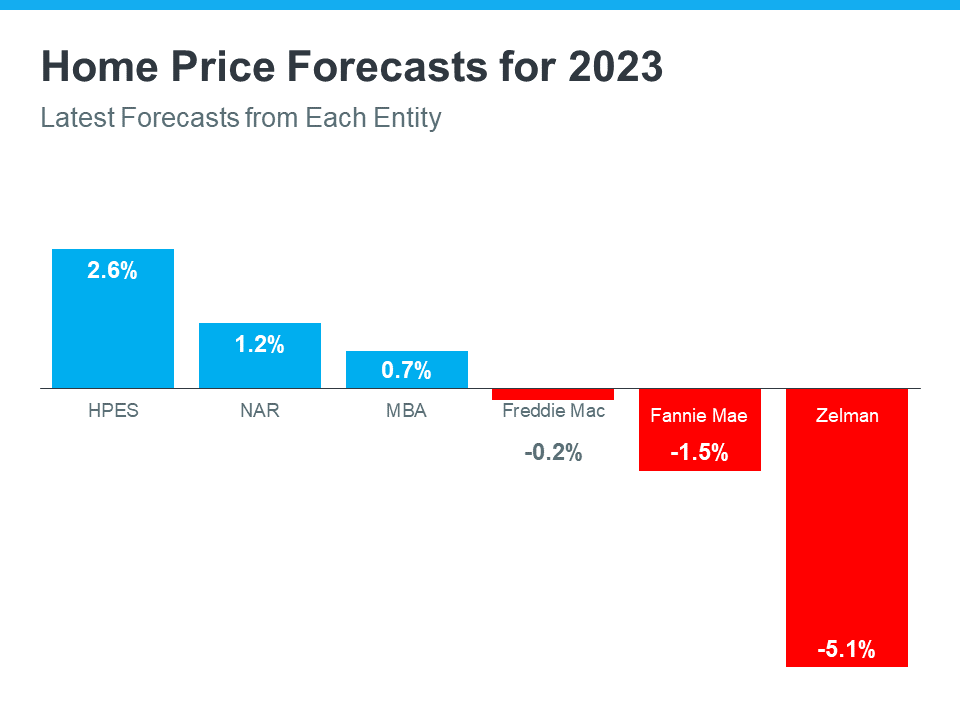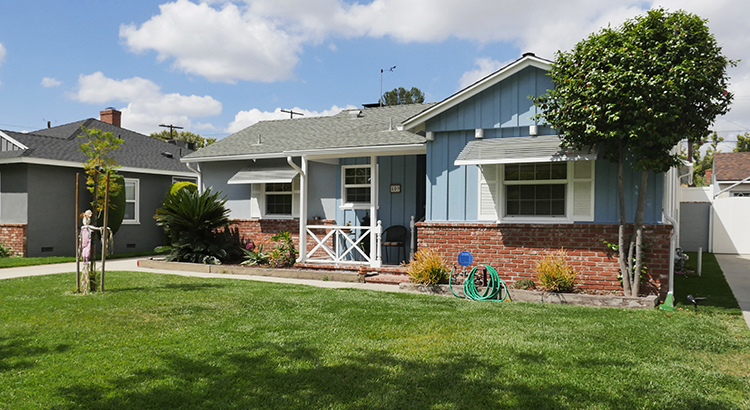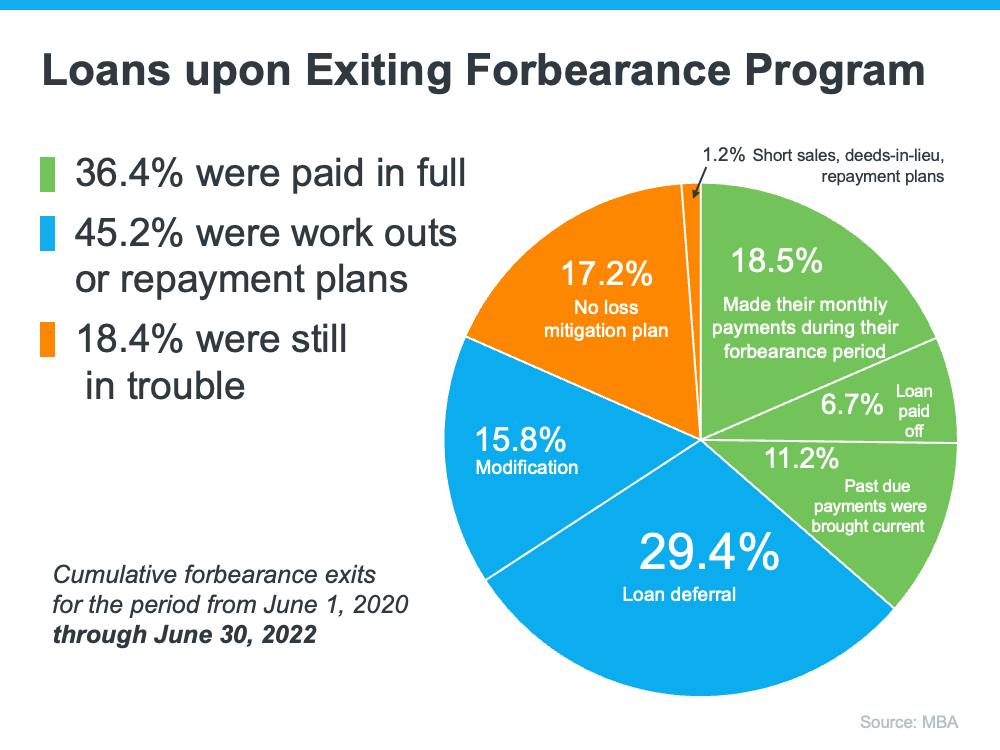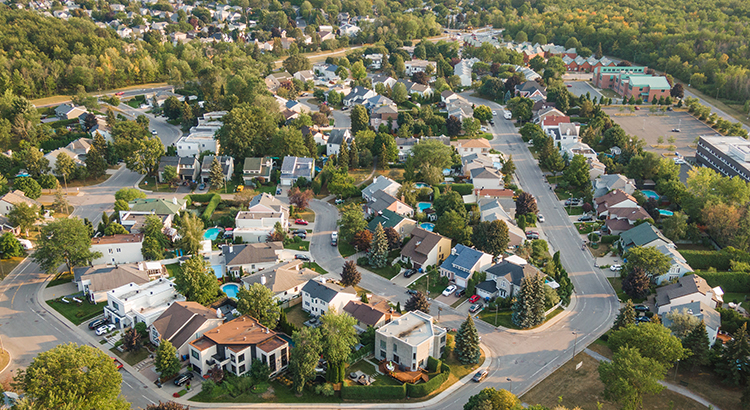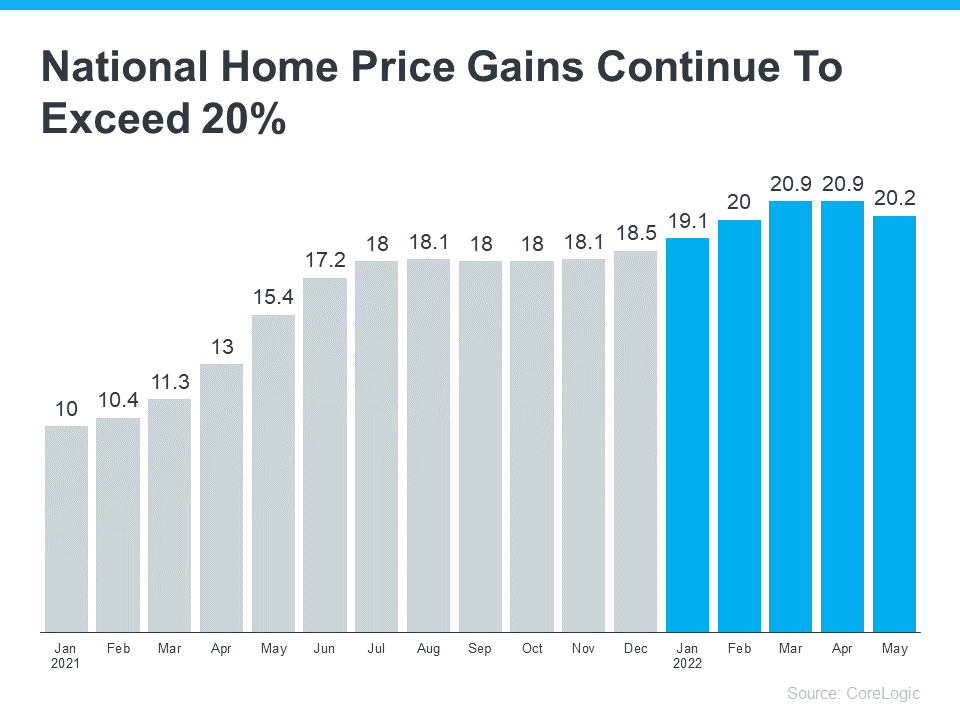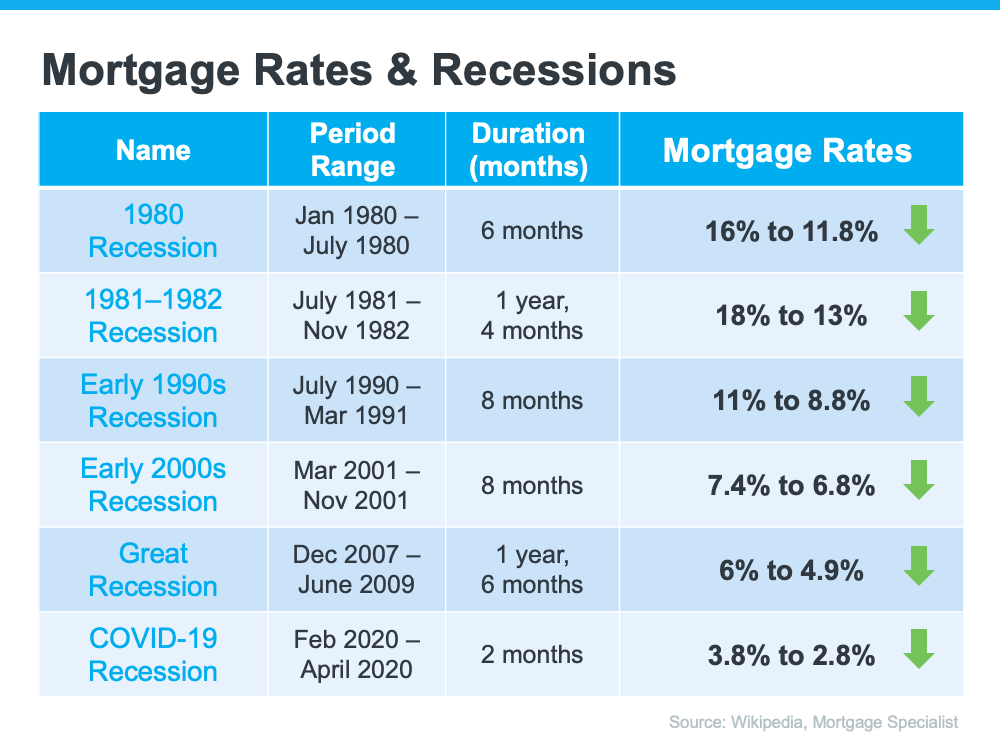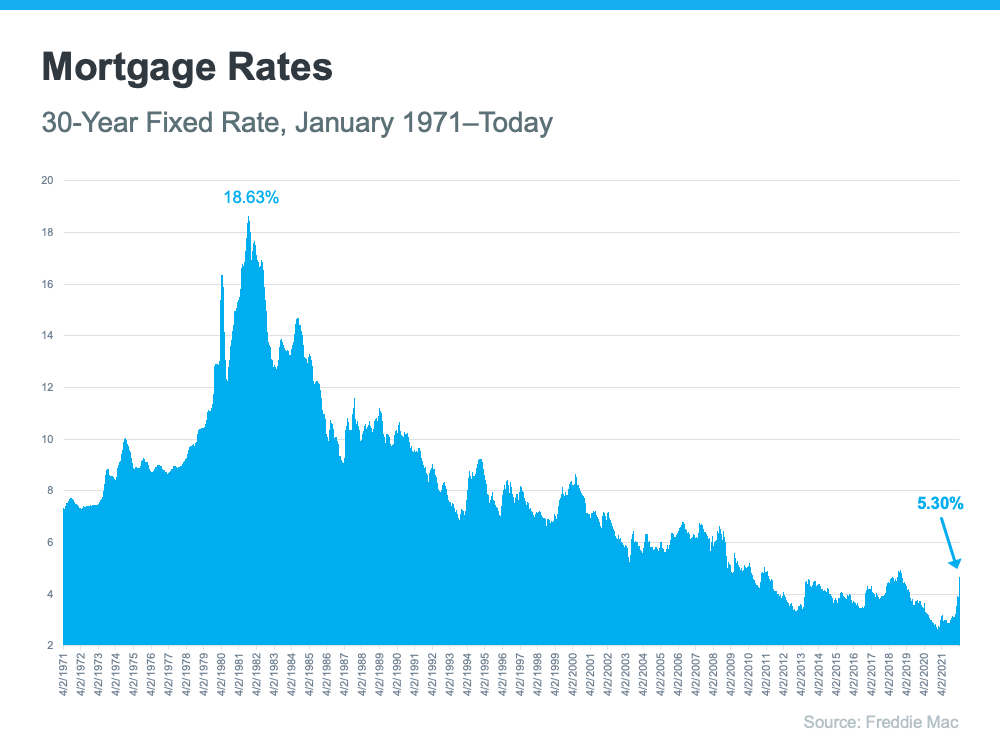When you’re involved in a home transaction, understanding the appraisal process is essential. But what exactly is an appraisal, and how can it influence your home purchase or sale?
What Exactly is an Appraisal?
A home appraisal is a neutral, professional estimate of a home’s market value conducted by a licensed appraiser. This valuation helps determine whether the agreed-upon sale price aligns with current market conditions.
Who Orders and Owns the Appraisal?
The appraisal is:
- Ordered by the buyer’s lender as part of the mortgage process.
- Typically paid for by the buyer.
- Owned by the lender (although the buyer usually receives a copy).
Note: Sellers don’t automatically receive the appraisal report. They’re only informed if there’s an issue—such as a low valuation—that might impact the transaction.
What Factors Influence an Appraisal?
Appraisers consider several key elements, including:
- Recent comparable home sales in the area
- Condition and maintenance of the home
- Renovations or significant home improvements (such as kitchen updates or energy-efficient installations)
- Neighborhood appeal, including local amenities, schools, and market dynamics
Why Appraisals Are Important for Buyers
Appraisals protect buyers from paying more than a home’s worth. If the appraisal matches or exceeds the sale price, the transaction typically moves forward easily. However, a low appraisal can create complications. Buyers might need to negotiate a lower price, challenge inaccuracies in the appraisal, or, if protected by an appraisal contingency, cancel the contract without losing their deposit.
Why Appraisals are Important for Sellers
For sellers, an appraisal that matches or exceeds their asking price validates their listing. But a lower-than-expected appraisal can stall or jeopardize the sale. Sellers can choose to lower the price, negotiate with the buyer, or provide evidence to dispute inaccuracies.
Navigating a Low Appraisal
If an appraisal falls short of the agreed sale price, both parties have options:
- Sellers can agree to reduce the sale price to the appraisal value.
- Buyers can challenge any inaccuracies through their lender.
- Buyers and sellers can negotiate and potentially split the difference.
An accurate appraisal helps everyone involved avoid surprises and proceed smoothly. If you have questions or need support understanding the appraisal process, don’t hesitate to reach out!
 Facebook
Facebook
 X
X
 Pinterest
Pinterest
 Copy Link
Copy Link

